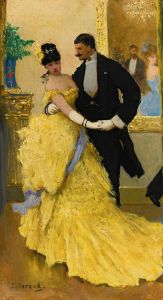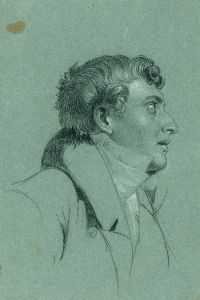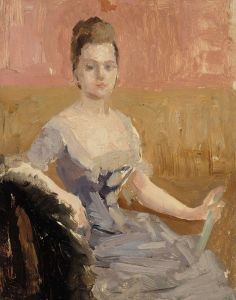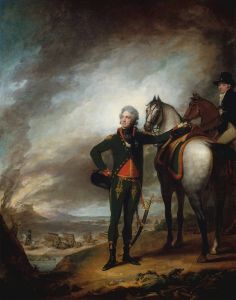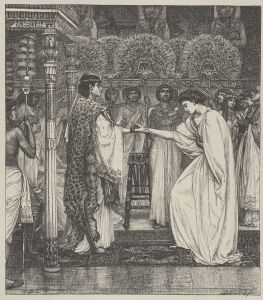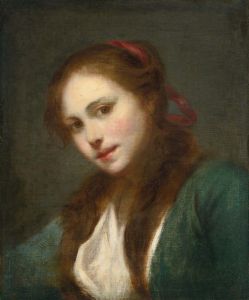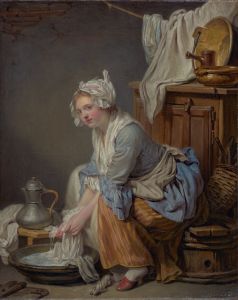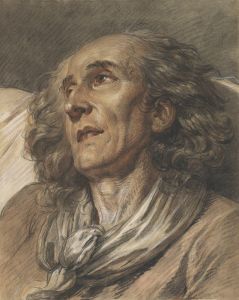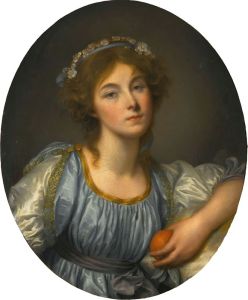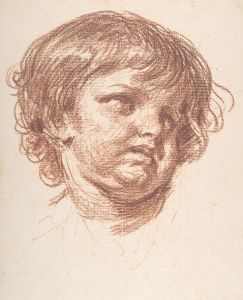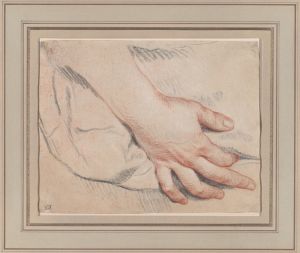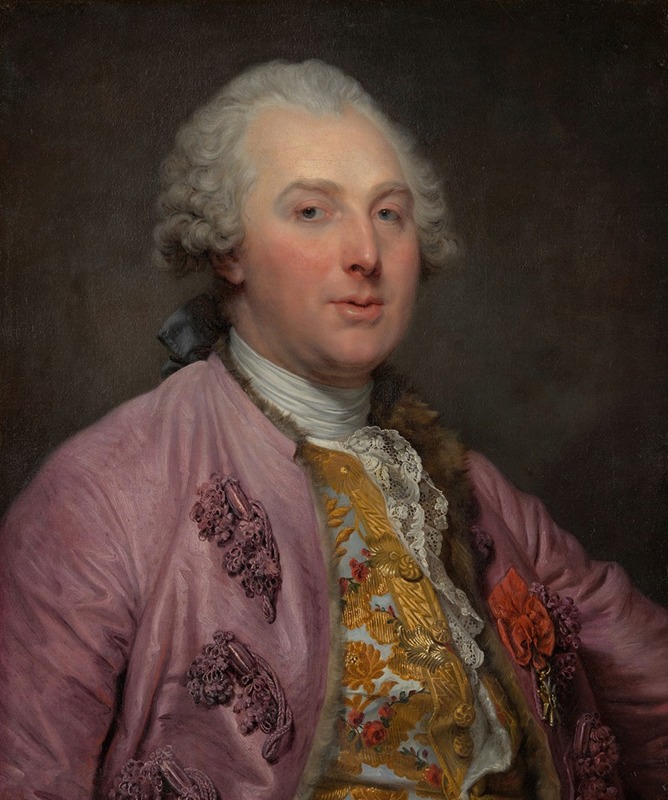
Charles Claude de Flahaut , Comte d’Angiviller
A hand-painted replica of Jean-Baptiste Greuze’s masterpiece Charles Claude de Flahaut , Comte d’Angiviller, meticulously crafted by professional artists to capture the true essence of the original. Each piece is created with museum-quality canvas and rare mineral pigments, carefully painted by experienced artists with delicate brushstrokes and rich, layered colors to perfectly recreate the texture of the original artwork. Unlike machine-printed reproductions, this hand-painted version brings the painting to life, infused with the artist’s emotions and skill in every stroke. Whether for personal collection or home decoration, it instantly elevates the artistic atmosphere of any space.
Jean-Baptiste Greuze was a prominent French painter known for his genre scenes and portraits during the 18th century. One of his notable works is the portrait of Charles Claude de Flahaut, Comte d’Angiviller. This painting is a significant example of Greuze's skill in capturing the character and status of his subjects, reflecting the artistic trends and social milieu of the time.
Charles Claude de Flahaut, Comte d’Angiviller, was an influential figure in France during the reign of King Louis XVI. Born in 1730, he served as the Director of the King's Buildings, a position that made him responsible for royal architecture, gardens, and the arts. His role was crucial in shaping the cultural landscape of France in the years leading up to the French Revolution. D’Angiviller was a patron of the arts and played a key role in the development of the Louvre as a public museum, advocating for the arts as a means of public education and moral improvement.
The portrait by Greuze captures d’Angiviller in a manner that emphasizes his status and intellect. Greuze was known for his ability to convey the personality and inner life of his subjects, and this painting is no exception. The Comte is depicted with a composed and thoughtful expression, suggesting his role as a thinker and a leader in the arts. The attention to detail in his attire and the subtle use of light highlight his noble status and refined taste.
Greuze's style in this portrait is characteristic of his work during this period, combining elements of Neoclassicism with a sensitivity to the emotional and psychological depth of his subjects. The use of soft, naturalistic colors and the careful rendering of textures are typical of Greuze's approach, which often sought to convey a sense of realism and immediacy.
The portrait of Charles Claude de Flahaut, Comte d’Angiviller, is also significant for its historical context. Painted during a time of great social and political change in France, it reflects the values and aspirations of the Enlightenment. D’Angiviller's commitment to the arts and his vision for the Louvre as a public institution were aligned with the Enlightenment ideals of knowledge, progress, and public engagement.
This painting is an important artifact of its time, offering insights into the cultural and intellectual currents of 18th-century France. It stands as a testament to the role of art in society and the enduring legacy of figures like d’Angiviller, who championed the arts as a vital component of public life.
In summary, Jean-Baptiste Greuze's portrait of Charles Claude de Flahaut, Comte d’Angiviller, is a masterful representation of a key figure in French cultural history. Through his skillful depiction, Greuze not only captures the likeness of the Comte but also reflects the broader artistic and intellectual movements of the period.





